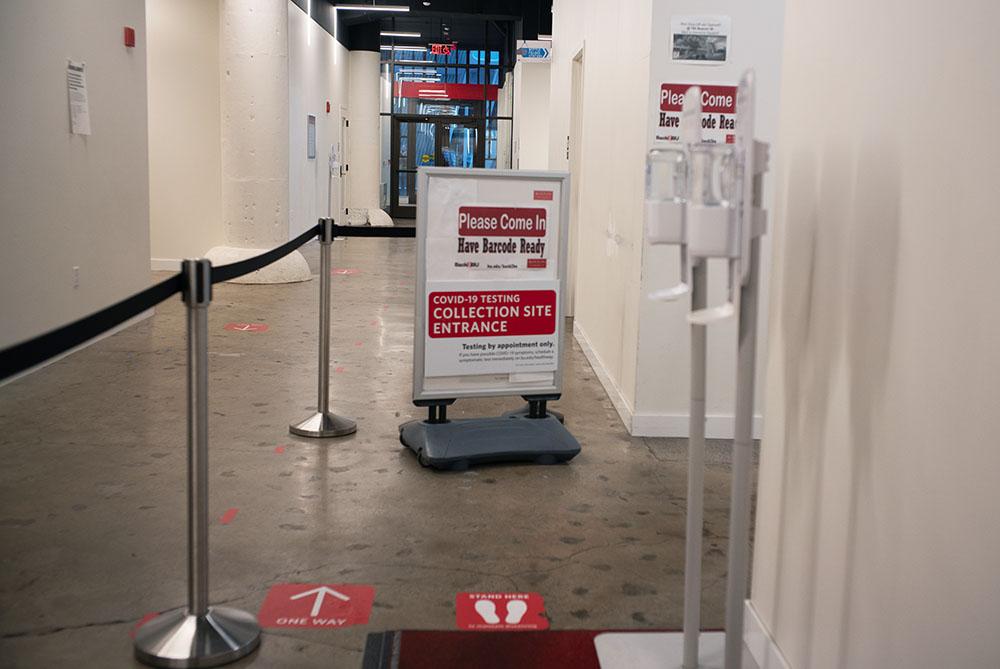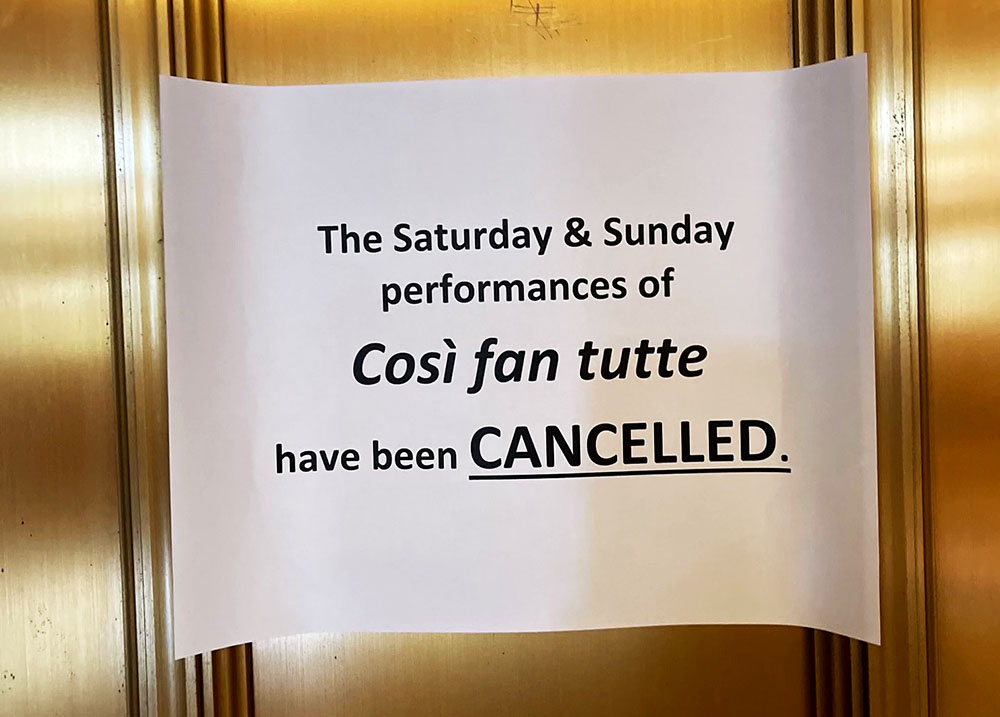
Since Boston University’s transition to remote learning for the duration of the semester, professors have been instructed to teach at the same time and on the same days as they normally would on-campus. This, however, poses a challenge for many students taking classes at their homes in different time zones.
Kylie Yamauchi, a sophomore in the College of Arts and Sciences, is from Honolulu, Hawaii and now takes classes in the Hawaii-Aleutian Standard Time — six hours behind Boston’s Eastern Standard Time.
Yamauchi wrote in an email that some of her professors are holding lectures at the same time, and they are recording lectures for students to watch online if they are unable to attend. The biggest problem for her comes from those professors who are holding exams at original time, resulting in her taking an organic chemistry exam at 2 a.m.
Yamauchi wrote that if she didn’t take the exam at the set time, it would result in a zero percent grade. She wrote that she is working hard to keep up with the newly demanding schedule.
“We get up at odd times and sleep at odd hours to make it work,” referring to herself and her other students in different time zones, “but it is definitely not ideal.”
David Shames, a graduate writing fellow who teaches a section of WR152, a topic-based writing seminar, said that prior to switching to online classes, his class met twice a week for an hour and 15 minutes. After the announcement, he made the decision to meet with the class once a week via the online conference software Zoom.
“Students have opportunities to pursue their independent projects that they’ve already started even prior to the shift to online [classes],” Shames said. “They can do that and meet with me more individually at other times during the semester.”
Shames said he considered how maintaining the frequency of his classes may affect students now taking classes in other time zones when he made his decisions about restructuring the course.
“I have a couple students in India and a couple students in China,” Shames said. “Just given the fact that my course was scheduled at 3:30 in the afternoon, we’re talking about one in the morning for some of the folks who are abroad.”
Shames said he believes that the switch to online forced him to reduce the scope of the course, but still believes the course is going to be successful because the students can still focus on their core projects.
Shames also said that he wants to continue holding his class in real-time, rather than recording it as many lecture-based classes have begun to do. Instead, his class being held once a week opens up more time for students to virtually attend his office hours.
“I don’t think [recording] would work for our course because it’s discussion-driven,” Shames said. “What I’m really trying to do is accomodate students in different time zones by offering them more one-on-one instruction with their papers.”
For students like Yamauchi, whose professors haven’t been as accommodating, the time difference can result in students being unenthusiastic to learn.
“I feel like I am unmotivated to learn, especially because I’m exhausted from the time difference and the traveling,” she wrote. “I think the material is the same and I am learning it. It is just taking a lot more energy and effort to learn it.”
Cordelia Theseira, a junior in CAS, recently returned from Boston to her home in Singapore. She is now 12 hours behind Eastern Standard Time, making Boston’s noon her midnight.
She wrote in an email that her professors are holding class at their usual times over Zoom, but all are recording them so she can watch them the morning after they are posted. She also said they have been flexible with exams.
“[My professors] have been really understanding, especially with exams,” Theseira wrote. “One of them gives a 24 hour window to do a timed exam and another professor gave me a separate window to submit my exam.”
Altogether, she wrote that the switch hasn’t been too difficult to handle, but she wishes more time was given for her to move back home and adapt to a new routine.
“I am still behind in most of my classes because I wasn’t able to go for most of my classes last week,” Theseira wrote. “And this week I was supposed to have three exams, [but] thankfully professors have been understanding and pushed it back for me.”
Nicole Pond, a lecturer in art education in the College of Fine Arts, said remote learning has been a struggle for her. While in certain classes professors can transmit information for students to take notes on, her more hands-on classes pose a challenge for students regardless of their time zone.
“I think a lot of art-making in discussion is collaborative in nature, so I really miss that hands on approach,” Pond said. “The dynamic is just very different than when it is online.”
Pond said that she has two students now taking classes outside of the U.S. who will not be able to attend her weekly meetings on Zoom. She said she has tried to adapt the syllabus so that it’s more manageable for her students, especially those in different time zones.
Pond also said that while the situation is forcing her to change a lot about her courses, not all the effects are negative.
“I think that it’s making us think outside the box and be creative with education as a whole, which maybe isn’t such a bad thing,” Pond said.





























































































































